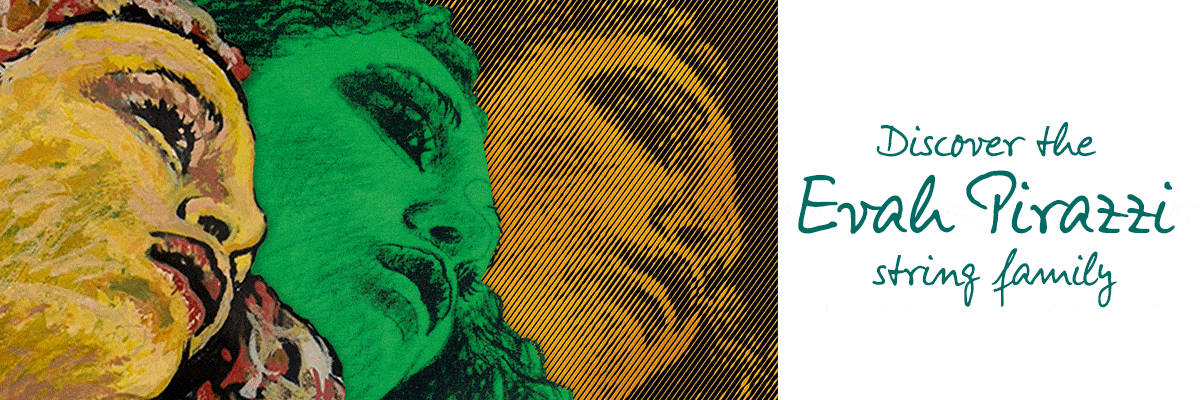August 2009
Studying violin from an adult piano player's perspective
August 28, 2009 07:09
I started the violin in June of this year.
I have always wanted to learn to play; but there was never enough money for music in our household -- I learned the piano at my grandmother's house on visits from watching others play, and did not have lessons until I was well past childhood.
Upon learning that I was picking up violin, friends and family members said, why bother? you already play the piano well, just stick to that! Well.. yes, I am still studying the piano, but I would like to also learn the violin. You are never going to become great at violin, it's too late. Yes yes, but that's not the reason I want to play it --- I want to play violin because I love how it can sound, and I want to make it my own sound, my own violin music. Is that so wrong?
This blog begins then in the middle of my late start. My teacher has me studying out of the Suzuki book series along with the CD. At first I was a bit perplexed, since I've heard Suzuki is primarily used for kids who can't read music -- and I can read music --- not at the simplicity of the material, but because he asked me to memorize the pieces and listen/play along to the CD. But... I already read music!
Intonation. On a piano, the concern is to hit the right key the right way, at the right time, in the right manner, and overall create a beautiful interpretation. On a violin... where's the damned frets? The delusion that getting the notes right would be relatively easy after easily learning guitar in college was quickly swept away by my teacher, who kept barking, you're flat, you're sharp, you're off by quite a bit in the middle of that measure. Not to mention the fact that when I start concentrating on exactly where my fingers are and what sounds they are producing, my bow arm starts misbehaving. It's a lot more complicated than piano, but then again --- I don't actually remember beginning to learn to play the piano since I started when I was three, or so I was told.
I switched violin rentals recently because my teacher discovered a couple of weeks ago that there was something wrong with my previous violin, specifically the A string, and recommended either getting the string replaced or getting the violin changed. I opted to get a "better" violin outfit at a higher rental price because it sounded much better. It also feels like I can get more variation of sound out of it. I would love to buy a nice violin, but we don't have the money for that right now.
Since the switch, I've had intonation problems on the A string, specifically with C# and D. I've been using an electric tuner while playing A-C#-D over and over to get a feel for what the latter two notes should sound like, and it seems to be helping. I've also been practicing the piece I'm supposed to learn while glancing at the tuner every now and then to make sure it's hitting that green light in the middle. How in tune is being in-tune, exactly? I should be hitting the middle line every single time I play a note, right?
To complicate things, the "perfect" D is very close to the "perfect" C# for my fingertips; I either have to wedge the ring finger firmly against the middle, or place it without placing the middle finger down.
Another area I'm having problems with is the space between the notes. I can do a passable staccato, but my legato isn't quite legato and I'm getting some squeak when moving between strings. Teacher said you're supposed to pause the movement of the bow as you tilt it down onto the next string so it doesn't make that noise, but that all happens in the blink of an eye and doesn't happen often for me.
This whole deal of both arms doing completely different things (the bowing versus the fingering) feels alien -- I'm used to having both arms essentially doing the same thing, except the fingers doing independent movements. There's certainly a lot more to watch out for in violin --- is this something that becomes natural, second-hat, after enough time and practice? I hope so.
More entries: September 2009 •
Violinist.com is made possible by...
Dimitri Musafia, Master Maker of Violin and Viola Cases
Johnson String Instrument/Carriage House Violins
Subscribe
Laurie's Books
Discover the best of Violinist.com in these collections of editor Laurie Niles' exclusive interviews.

Violinist.com Interviews Volume 1, with introduction by Hilary Hahn

Violinist.com Interviews Volume 2, with introduction by Rachel Barton Pine






